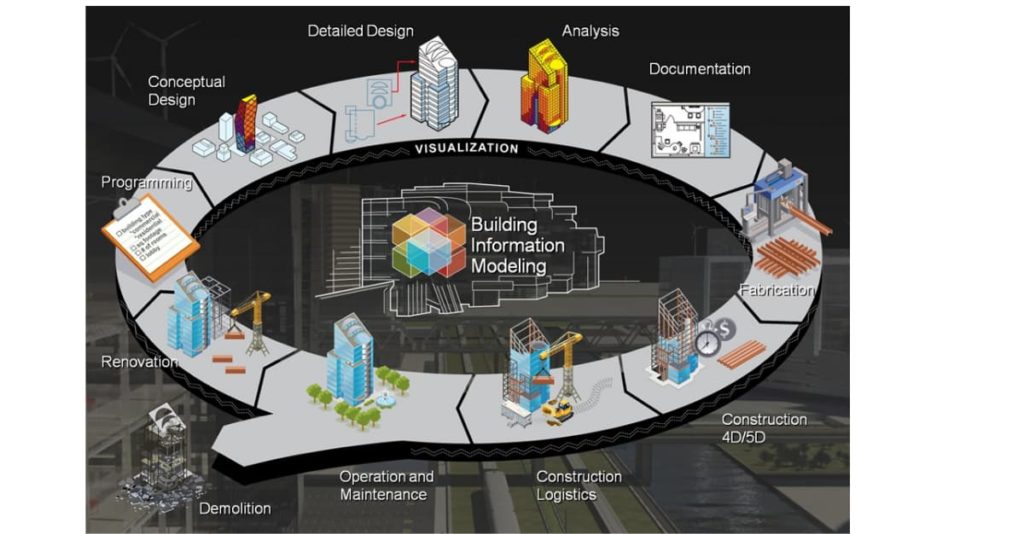Building information technology has taken on the construction world by storm in recent years. Many feel that the Building Information Model is used only for 3D design. Nothing can be further from the truth! Building Information Model is an entire process that deals with creating as well as managing all information about a project. It covers all the three critical phases – the before, the during, and the after construction phase. BIM has made the construction of industrial buildings in cases of larger projects much easier for the industrial architects to comprehend, saving time and money at several levels.
Benefits of using building information technology
Better design coordination
Save time and money
Improvement in construction
Accountability in making decisions
Easily accessible interrelated as well as cross-referenced information
Handover of accurate data set to the owner after construction
Better client satisfaction
Building information technology like BIM provides its users with an actual 3D perspective of how the building will be after construction, along with its definitive features. This linking of the physical attributes as well as the functional characteristics in a single system makes it easier to comprehend through the construction as well as after it. Building Information Model output is highly interactive. This enables the industrial architects to make changes to the industrial building design, which in turn reflects in all drawings and documents that are linked to the model. This cuts down time spent on redesigning by a considerable margin, freeing up the team to concentrate the other areas of the Project.
Top Reasons why building information technology has got a Strong Foothold in the Construction Industry
Building Information Modeling, which is one of the most used building information technology, provides better coordination between different departments involved in the various project phases. For example, a model generated by industrial architects is easily accessible by the MEP consultants, structural designers, or facade consultants for their respective departments.
BIM also helps to get rid of plagiarism entirely and identify the redundant components of the Project.
The 3D model generated by the Building Information Model offers a lot of clarity. This makes it easier to spot the practical challenges that will crop up during construction.
BIM helps to resolve plenty of coordination issues. Thus it helps in reducing wastage on-site during any industrial building construction.
Experts have hailed Building Information Model to have the upper hand over the traditional CD because of the better output.
BIM models make Project monitoring much easier. It helps to keep a check on all the different phases of the project from the design development until the maintenance phase.
Different objects in the BIM model have an internal linking, which gives easy access to all the data and information. It also allows the owner to manage the asset more easily, as well. According to the industrial architects, around seventy-five percent of the cost is accounted for after the handover of the Project. The BIM model helps in managing this cost-effectively. More and more industrial construction companies are getting committed to using building information technology. They do this for quality improvement, as well as cost reduction, features that it offers.










